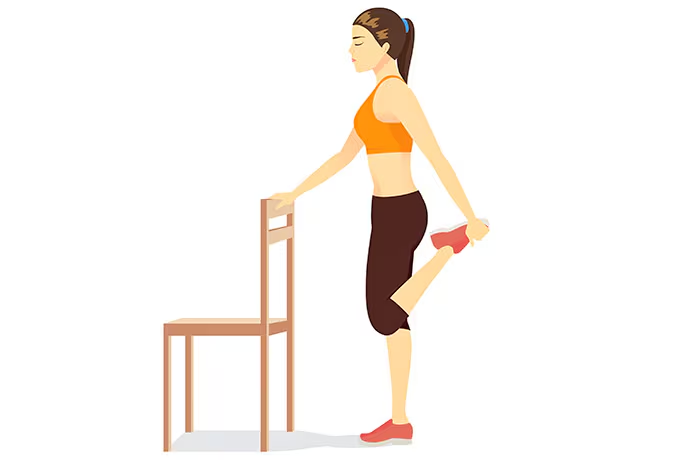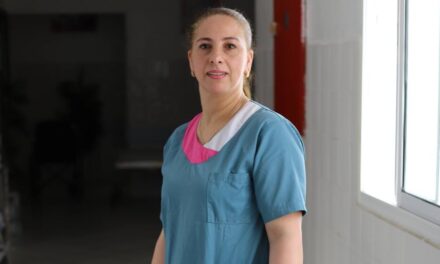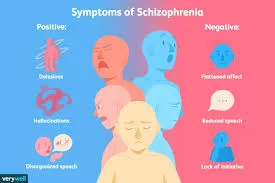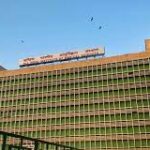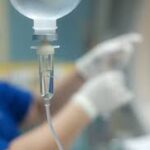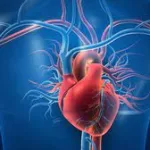Hair loss is a multifaceted concern that requires a comprehensive approach to treatment. At the latest annual Integrative Dermatology Symposium, dermatologists emphasized the importance of a holistic approach to hair loss, considering factors such as nutrition, psychological well-being, and physiological processes in hair regrowth.
Understanding the Hair Growth Cycle
Dr. Raja Sivamani of the Pacific Skin Care Institute highlighted the complex interplay of factors that influence hair cycles. “There are many things that can cause the hair to go into telogen and many things that can bump it into anagen,” he noted, stressing the need for an integrative treatment plan.
Inflammation, hormonal imbalances, stress, nutritional deficiencies, and poor sleep quality have all been linked to hair thinning. Conversely, increased blood flow, follicular stimulation, and growth factors can encourage hair growth.
Holistic Treatments for Hair Loss
A variety of treatment modalities are available, including topical applications, supplements, and medical devices, alongside traditional pharmaceuticals. “Novel topicals, supplements, and devices can be part of your standard regimen in addition to pharmaceuticals,” Dr. Sivamani advised.
Dr. Michelle Tarbox of Texas Tech University stressed the importance of educating patients on hair growth cycles and the role of daily habits in maintaining hair health. Her holistic approach includes addressing inflammation, improving hormonal balance, and incorporating physical therapies such as scalp massage, low-level laser therapy (LLLT), microneedling, and platelet-rich plasma (PRP) treatments.
Nutrition, Hormones, and Stress Management
Research suggests that dietary choices significantly impact hair health. In male pattern baldness, pumpkin seed oil and saw palmetto oil have been shown to reduce dihydrotestosterone (DHT) levels, offering a natural alternative to pharmaceutical interventions. A 2014 study found that men taking 400 mg of pumpkin seed oil daily experienced a 40% increase in hair count over 24 weeks.
For female pattern hair loss, balancing the estrogen-to-testosterone ratio is crucial. Diets rich in whole foods, fiber, and plant-based DHT inhibitors can support hormonal equilibrium. Additionally, stress management techniques, such as meditation and exercise, play a role in maintaining hair growth by reducing cortisol levels.
Physical Modalities to Promote Hair Growth
- Scalp Massage: Regular scalp massage has been shown to improve hair thickness by enhancing blood circulation and gene expression related to hair growth.
- Low-Level Laser Therapy (LLLT): Clinical trials indicate that LLLT improves hair density and diameter by stimulating mitochondrial activity in hair follicles.
- Microneedling: This technique promotes hair follicle activation and has been beneficial for androgenetic alopecia and alopecia areata, with noticeable improvements in hair density.
Looking Forward
The field of hair restoration continues to evolve, with increasing support for integrative approaches. Dr. Sivamani and Dr. Tarbox emphasized the need for individualized treatment plans, combining medical therapies with lifestyle modifications to optimize hair regrowth.
Disclaimer: This article is for informational purposes only and does not constitute medical advice. Patients should consult with a healthcare professional before beginning any treatment for hair loss.


